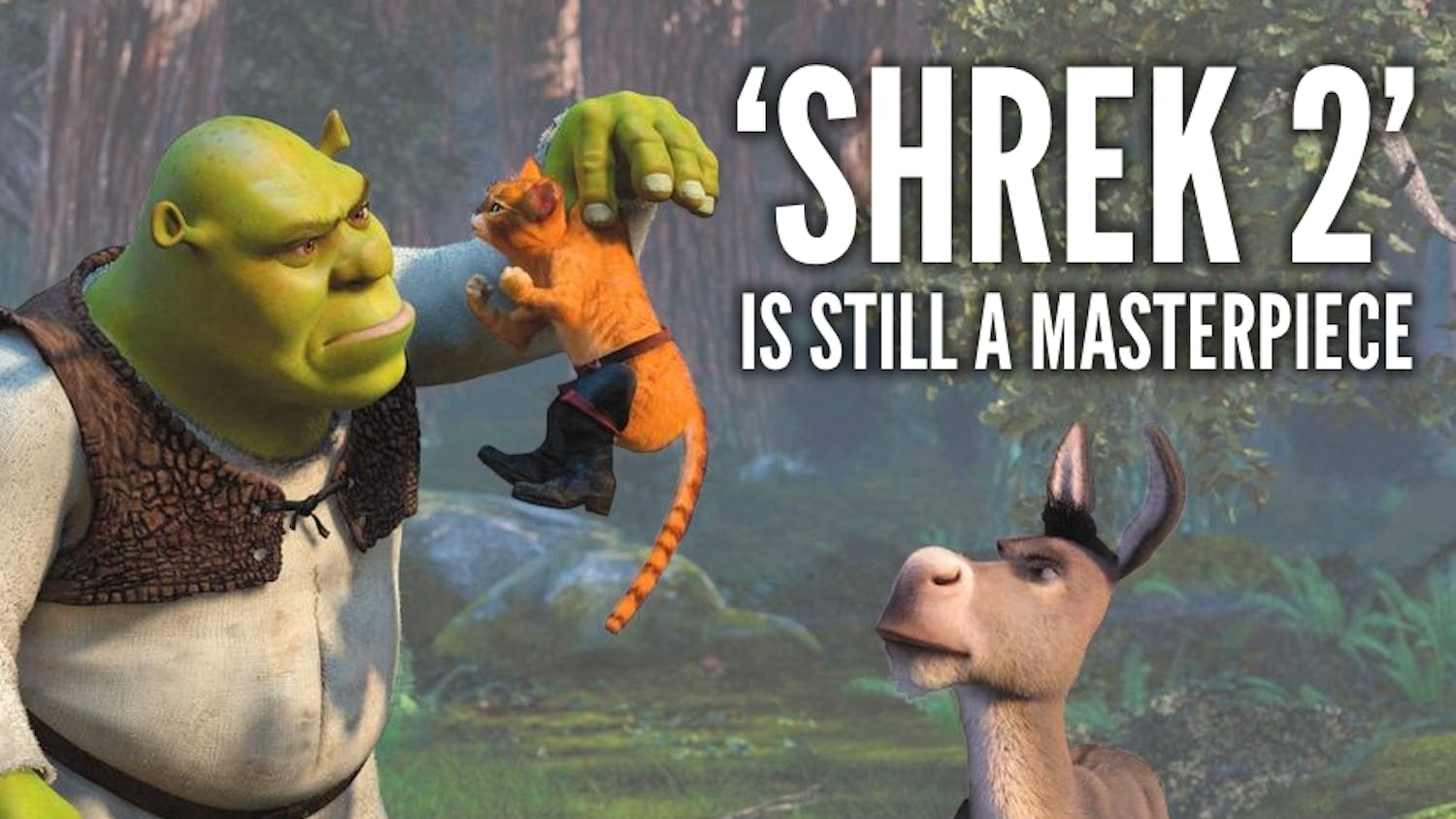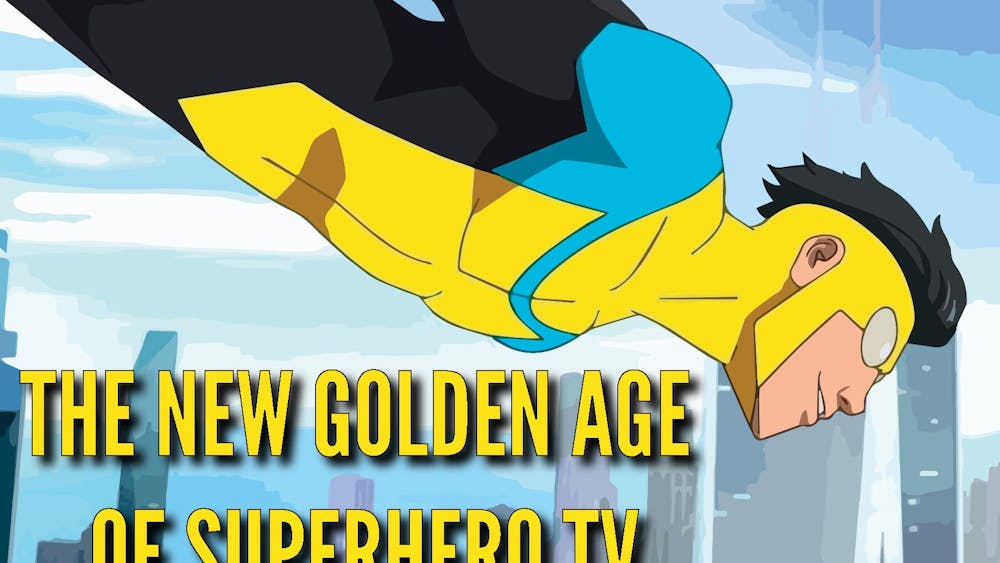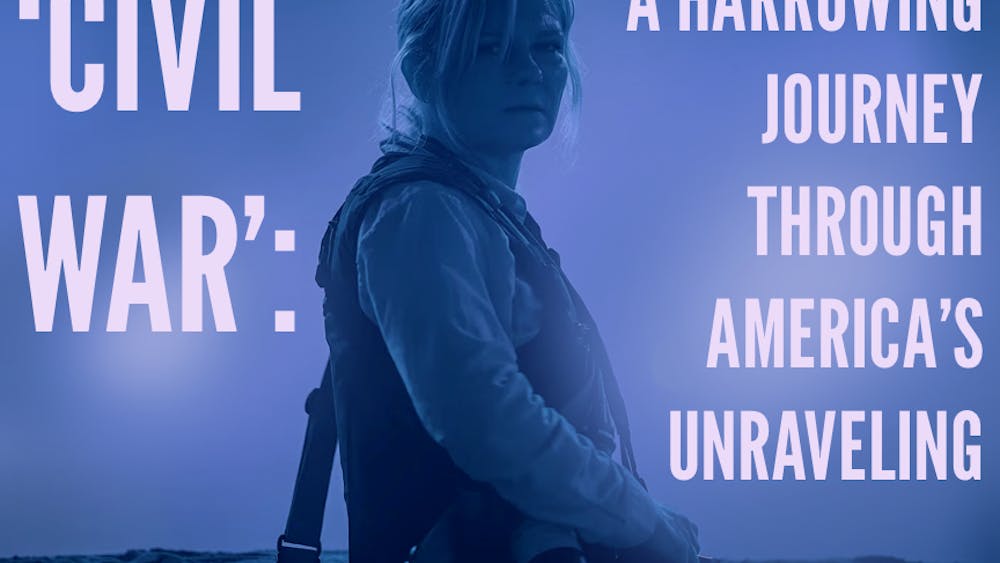
I’m generally skeptical of movie review aggregators like Rotten Tomatoes — quantitative measures like the algorithms applied by Rotten Tomatoes rob our appreciation and understanding of the movies. There are moments, however, when sites like Rotten Tomatoes are essential to understanding a movie. The release of Robert Eggers’ new horror movie, “The Witch,” ushered in one of these moments.
“The Witch,” now playing in movie theaters nationwide, holds an impressive approval score of 89 percent among critics. The corresponding fan-score is a meager 53 percent. What could possibly account for this split reception? Having seen “The Witch” I understand why many moviegoers dislike it: its slow, the 17th century dialogue can be difficult to follow and there aren’t many jump-scares. So is “The Witch” just a dull horror movie dressed up as a pretentious art house film?
Well, no, it isn’t. “The Witch” is a fascinating installment in the horror canon, and it continues the genre-bending tradition of recent horror films like “The Cabin in the Woods,” “Antichrist,” “The Babadook” and “It Follows.” Last Thursday I had the privilege of speaking with writer-director Robert Eggers, and one of the chief pleasures of the conversation was hearing his take on how “The Witch” fits into horror.
“The Witch” documents the misadventures of a family exiled to the Massachusetts wilderness in the 1630s: Babies are stolen, sibling rivalry hits Old Testament lows and, of course, there is a witch hunt. Eggers claimed that the film’s style — its quiet photography characterized by long, often stationary cameras and the film’s languid pace — was born not from a desire to be contrarian or pretentious, but from a genuine love of understated filmmaking. For one thing, Eggers may not be familiar enough with contemporary horror to react against it: “I don’t watch many contemporary horror movies,” he said.
But don’t doubt Eggers’ cinephilia — he professed his love of “slow, boring movies,” particularly those of Ingmar Bergman, Carl Theodor Dreyer and Andrei Tarkovsky. Indeed, as a meditation on religion and mortality among other themes, “The Witch” evokes Bergman’s “The Seventh Seal,” and Eggers’ frequent use of long takes points to Tarkovsky’s “Solaris.”
For Eggers, this is far from style for style’s sake, and he insisted, “Working with my cinematographer and editor in the context of a horror movie, we hoped to use the long takes and slow pace to create and sustain tension and dread.” Eggers’ claims ring true throughout the film, and especially at its climax, when he presents an exorcism in an uninterrupted shot. Writhing bodies, demonic shouts and Biblical imagery populate the scene. In seamlessly transitioning from symbols of childlike innocence to icons of original sin, Eggers creates true terror.
“The Witch,” billed as “A New England Folktale,” is clearly a personal statement for Eggers. A native of the area, Eggers has always been fascinated by 17th century culture, particularly the Salem witch trials. Perhaps it’s no surprise that he asserts that the film’s central conceit is the idea that people in this moment in history perceived witches to be a very real threat, and that the film is ultimately an exploration of how that threat interacts with the intense Puritanism of the time.
Ultimately, this level of authorship — the combination of stylistic influences and deep-seated obsession with a particular set of themes — is what Eggers’ thinks is missing from most contemporary horror movies … at least from the ones he has seen. “The reason ‘Antichrist,’ ‘The Babadook’ and ‘It Follows’ are so strong is because the filmmakers behind those movies are clearly bringing a very personal vision to the screen,” he said, before going on to argue that the flip side of this coin is crass commercialization. “When you have a movie that is a product and is about formula rather than artistic form, when you’re merely trying to get someone to throw popcorn on his girlfriend using jump-scares, is when this genre falls apart.”













